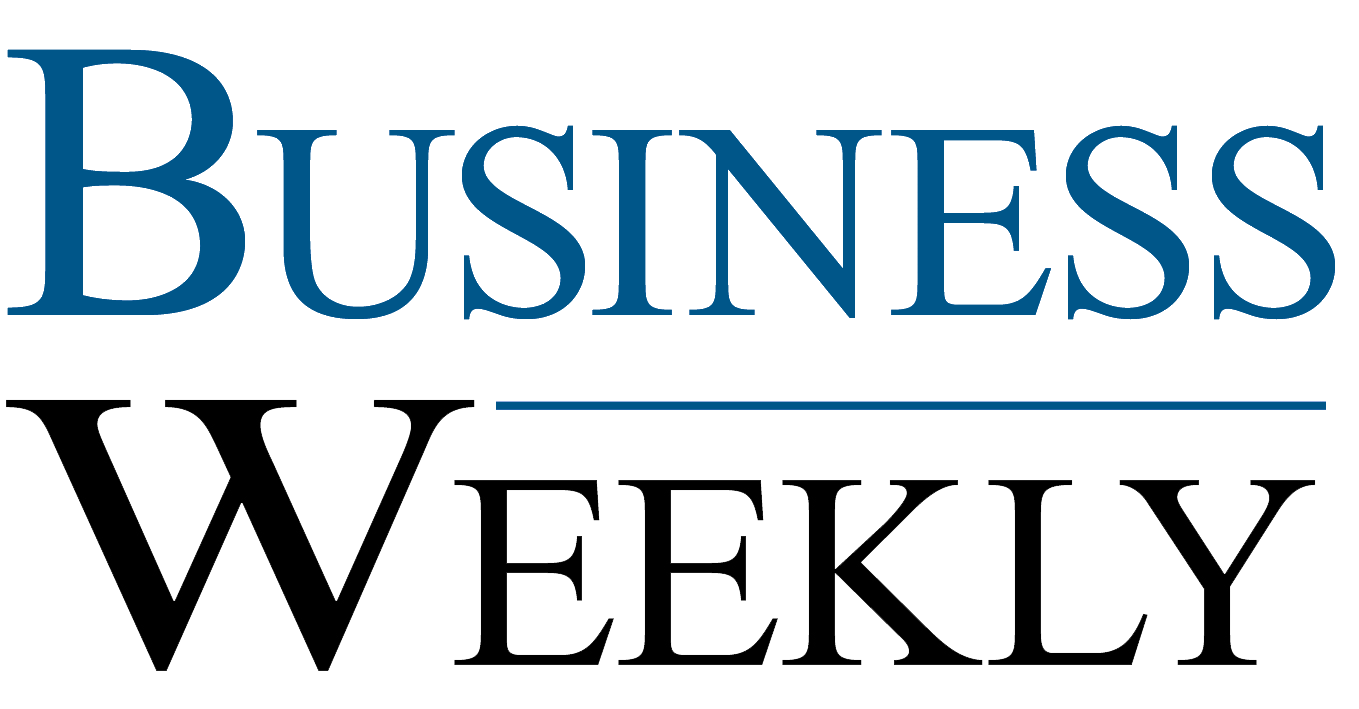
eBusiness Weekly

Compiling detailed and very accurate statistics of the size and form of Zimbabwe’s economy can be very difficult given the growth of small businesses and the level pegging or decline of large concerns whose record keeping is usually much better.
But just as a city’s chief sewage engineer can usually give a highly accurate estimate of the size of the population feeding the sewage plants, so a tax collector can often give insights into where money is being made and how much is being made, since as Zimbabwe has no poll tax there has to be income or production or trading to tax.
And Zimra’s statistics for the first quarter of this year, with the comparisons for the first quarter of last year, certainly do this.
The jump in net tax revenue from all sources rose 27,97 percent from just over $826 million in the first quarter of last year to $1,058 billion in the first three months of this year.
In its quarterly report Zimra does indicate that some of the increase has come from better enforcement of tax laws. Like most tax authorities around the world, Zimra adores the cashless economy and the switch from cash to mobile and digital payment has certainly made Zimra’s job easier. It is near impossible to hide payments and earnings when these pass through your bank account or your mobile wallet.
And a more active tax collection thrust, plus the general rooting out of corruption across much of Zimbabwean society, has helped. The cost of collecting tax from the smallest businesses is low since we use presumptive taxes, which can only be challenged if the small trader keeps detailed financial records; most do not and in any case find it cheaper to pay the presumptive taxes rather than hire a bookkeeper.
There are suggestions that inflation has given a major input into tax rises. As explained elsewhere this week the official inflation figures, which show the average cost of living with weightings, the large rises in prices for some goods are generally for those goods that most people do not buy or only buy in small quantities. The costs of basic food, housing, education and transport has remained far more stable.
But Zimra even here give an indication. Net VAT revenue on local sales grew by just 14 percent and part of that increase was the due to VAT withholding tax, something that only came into effect in April last year.
This tends to fit in with other reports that demand for high-priced imports is falling as consumers switch. To put it lightly, for many middle-income earners there is probably less scotch whisky in the cupboard and more beer in the fridge. This local VAT figure also tends to confirm that individual incomes are not rising much, and that what is changing is better collection, alterations in consumption patterns plus a modest increase in the number of people with an income. Quite a bit of those increases in local sales can be put down to the boost in rural incomes last year after a decent harvest. Each farming family might not spend that much, but added together they must have bought significantly more stuff.
We can also derive the insight that price gouging by some traders, who have widened their margins on the excuse that they have to buy “parallel dollars” has been counter-productive. The business in non-essential luxuries must have decreased to keep VAT revenues on local sales fairly flat. By the look of things even the rich are more price-conscious than before.
But the figures on the VAT on imports, which jumped almost 44 percent between the two first quarters, provides even more enlightenment. This, Zimra states, comes from higher availability of foreign currency, confirming other statistics of the rise in exports plus the bridging loans. We need to remember that VAT is charged on the actual dollar value of imports, not on what the importer might have spent to get the dollars in the first place.
But combined with the far flatter revenue from local sales it is safe to assume that a far higher percentage of our imports are now raw materials and essential capital goods needed by local industry, rather than consumer luxuries. The extra officially-controlled forex has been channelled through priority systems into productive uses, rather than consumption where “parallel dollars” are far more common.
Zimra in its report dwells on its growing success in the fight against corruption and the expansion of its tax base, plus the greater ease of collecting taxes when almost all payments are now recorded in someone’s data base.
But it is also obvious from the places where tax is being collected, and from whom, that there is some highly desirable real economic growth in local production and that Zimbabweans are moving faster than before from buying pure imports and services and shopping around locally, which demand better managed local concerns are meeting.



